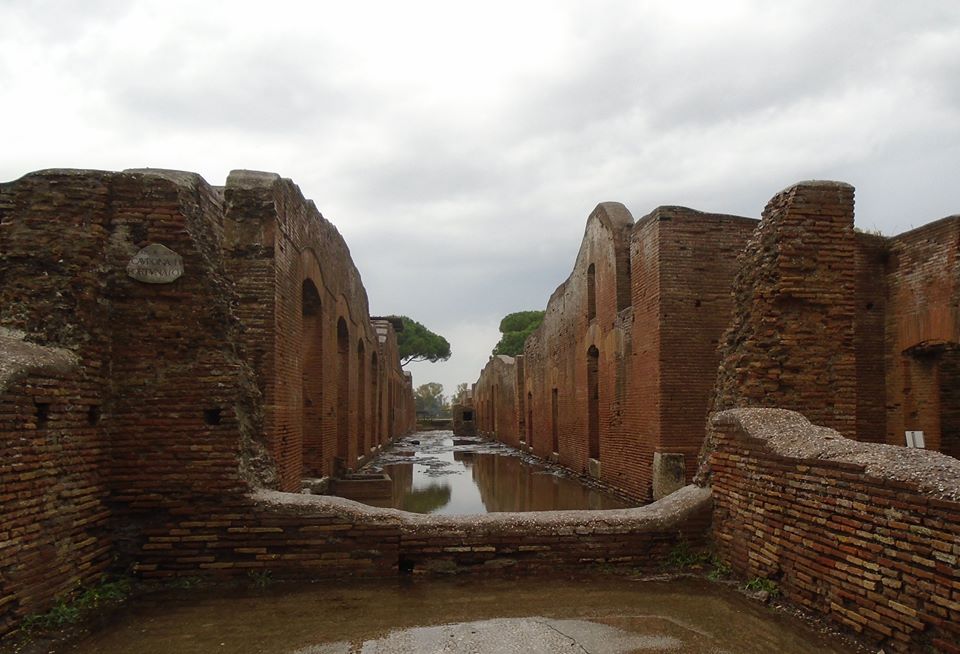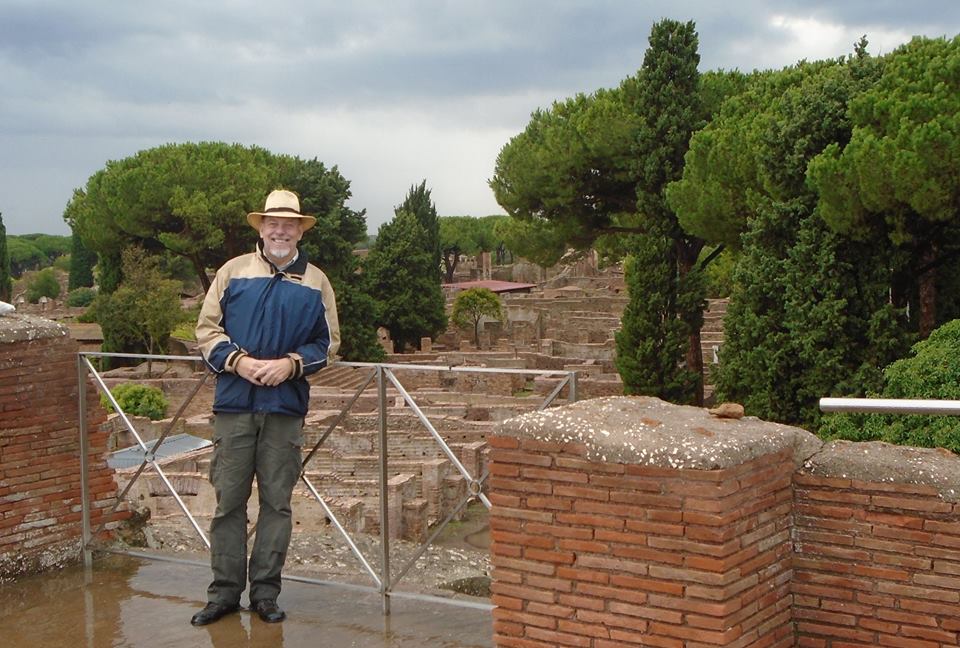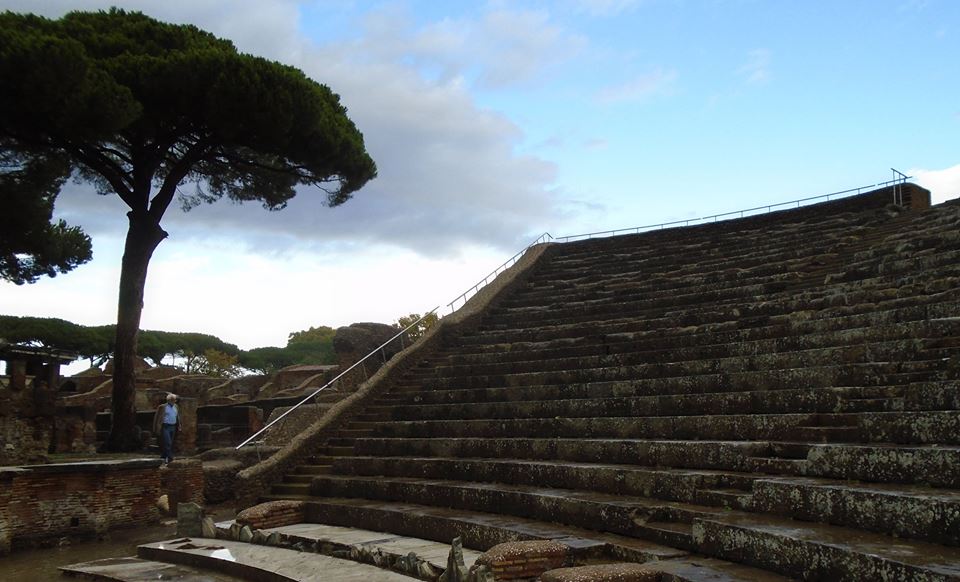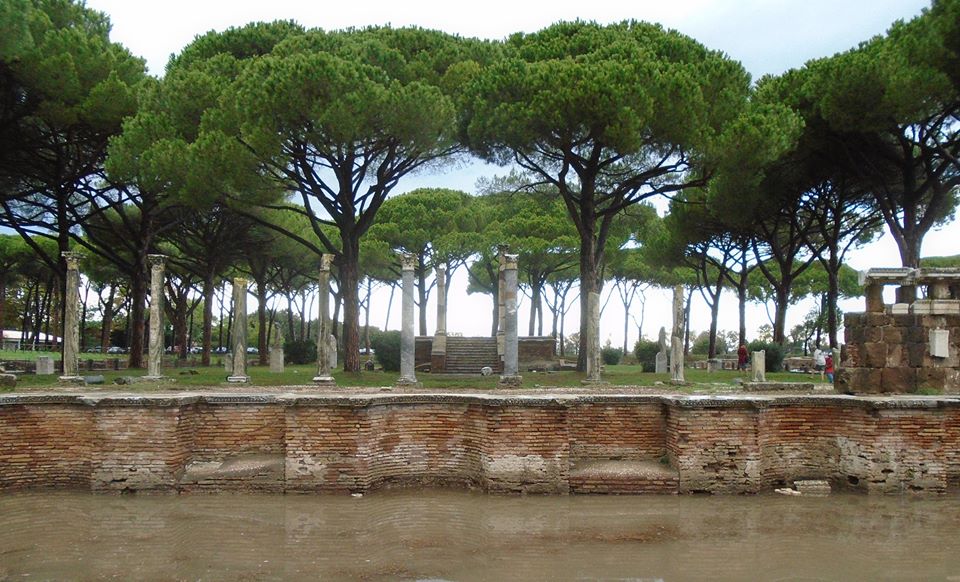Ostia used to be the port of Rome and it used to be at the mouth of the Tiber River. I say “used to be” because it is neither today. The Tiber River moved after a big flood and silting pushed the coastline about four miles from the city.
The city did not suffer an immediate catastrophe, like Pompeii. It reached a peak population of around 100,000 in the third century and then went into a long decline. It was finally abandoned in the 9th Century, after repeated sacking by Arab pirates. It became a kind of ghost town, gradually getting covered up with dirt and silt. In later centuries, local builders plundered it for art and building materials.
It is odd today to think such things possible, that whole formerly large cities could just be abandoned, but this was fairly common in pre-modern times. Even great cities like Rome, Constantinople and Athens at times had large areas were where shepherds grazed sheep. These places came back. Of course, many ancient cities are now gone. Great coastal cities like Mycenae are now landlocked and empty. Petra attracts tourist but nobody lives there except to service them.
In Ostia you can see the old Roman form. It is like Pompeii in the straight streets, remains of temples, forum and baths. Roman colonial cities were laid out in grid pattern, like Roman military camps, which many of them started life. You can see the pattern in my first two photos. The second one was the street of bars and brothels. As a port city, Ostia hosted lots of seamen.
Next you see me standing in the water, overlooking the city. I was looking for, but could not find, a very similar picture of me from 2002 when I visited Rome with Alex. I still have the same coat. The old joke is that it is a bit short, but it will be longer before I get a new one. I was once passing through customs in Germany. My passport picture didn’t look so much like me, since I had lost some hair and grown a beard. The customs official was skeptical, but then he looked up and laughed. “Face changed but same tie,” he said and he was right. When it is not necessary to change it is necessary not to change.
The penultimate picture shows the theater and last is the view from the gallery. It was not a pool in those days, at least not usually.





